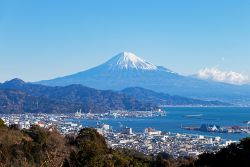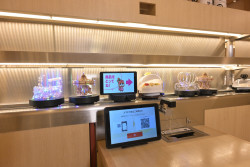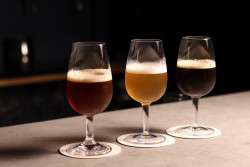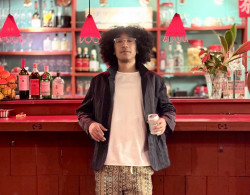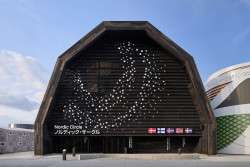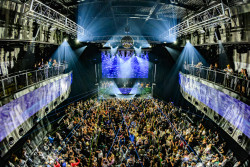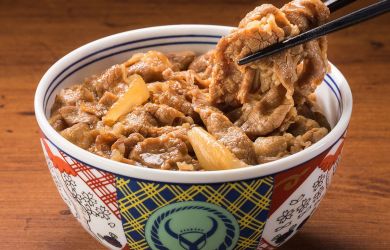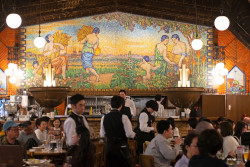
November 18, 2010
In Malt We Trust
Japan’s fake beer fascination is getting out of hand
By Metropolis
Originally published on metropolis.co.jp on November 2010

Illustration by Phil Couzens
Since long before I started working here myself, the grunts at Metropolis Towers have maintained a noble tradition: each Friday, as we send another issue off to the printers, we mark the occasion with a few cans of beer from the convenience store. Nothing fancy—this isn’t The New Yorker, after all.
Come 6pm or so, whichever staffer has the least to do will perform a quick lap of the office to rustle up funds, and then head off to Sunkus to stock up on suds. It’s a simple routine, but nonetheless things sometimes go awry. One dedicated gourmand elected to walk an extra few hundred meters to import shop Seijoishii, returning with a selection of fancy brews whose quality was not, alas, matched by their meager quantity. Darker still was the day when a member of the design team came back with an unusually bountiful supply. But as the bags were opened, people’s awe turned to horror. This wasn’t beer: it was happoshu.
Of the roughly 336.8 million cases of beer sold in Japan between January and September this year, just over 50 percent were either happoshu or third-category beer—low-malt and no-malt tipples that have evolved in response to idiosyncrasies in the country’s liquor taxes. Whether by accident or design, most of us have tried them at some point, and either recoiled at the taste or admitted that, meh, it wasn’t all that bad. Such are the heights towards which happoshu and its ilk aspire: they’re drinks that are defined in shades of mediocrity, like cover versions of real beer played by musicians of wildly varying competence.
Historically, an alcoholic beverage has needed to contain at least 66.6 percent malt to be considered beer in Japan, and breweries have devised all kinds of ways to take advantage of this loophole. In the ’80s, Asahi mixed beer with fruit juice to create Be, while Suntory took the shochu-wari route with a vile-sounding drink called BiHi.
When the government relaxed licensing on liquor sales in 1989, opening the door for discount shops to sell beer in bulk, it renewed the pressure on breweries to reduce the cost of their products. Suntory threw the first stone in 1994 with Hop’s (malt count: 65 percent), and lawmakers responded two years later by changing the tax threshold. This dance has continued ever since, and today more than 30 percent of “beer” sold in Japan doesn’t contain any malt at all—it hails from the dark hinterlands of the so-called third category, made from corn, barley, soybeans and puppy-dogs’ tails.
If you look at the numbers, this all makes sense. When you buy a 633ml bottle of beer here, 45.1 percent of the retail price is actually liquor and consumption tax, compared to 34.3 percent for a can of happoshu, and 24.9 percent for that third-category stuff. According to figures released by the Brewers Association of Japan, that’s about 12 times higher than the US, and 20 times higher than Germany.
Call me an idealist, but when the liquor tax has birthed a Twilight Zone scenario in which more than half of the beer sold barely even qualifies as beer, it might be time to give that tax a rethink. I’m not going to deny that some people may actually prefer happoshu. Nor will I dismiss the potential appeal of drinks like Kirin’s hangover-courting Strong Seven or Suntory’s sugar-free Relax, even if it tastes a bit like licking tin foil.
Still, given the choice between bastardized beer and the real thing, I suspect that the majority of Japanese consumers would rather drink the latter. With small breweries finally gaining a foothold in the market, too, a reduction in the tax rate could help nurture a more diverse and sophisticated beer culture here—one where affordably priced ji-biiru sits alongside Super Dry in the convenience store fridge, and happoshu is relegated to the bottom shelf.
At the very least, it would make Friday evenings at the Metropolis office more fun.
